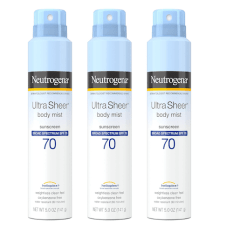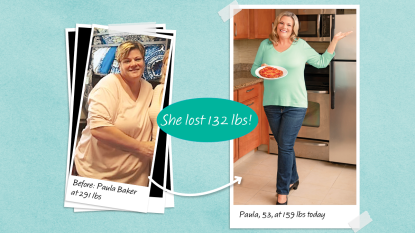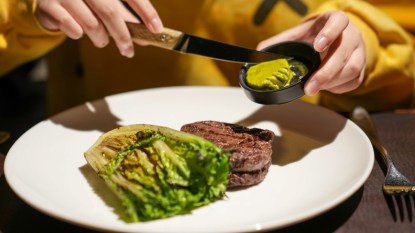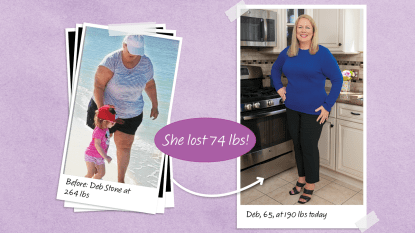Skip a Trip to the Doctor’s Office — You Can Heal an Infected Hangnail at Home in 4 Easy Steps
Plus see what oil a doctor says helps block future hangnails from ever forming in the first place
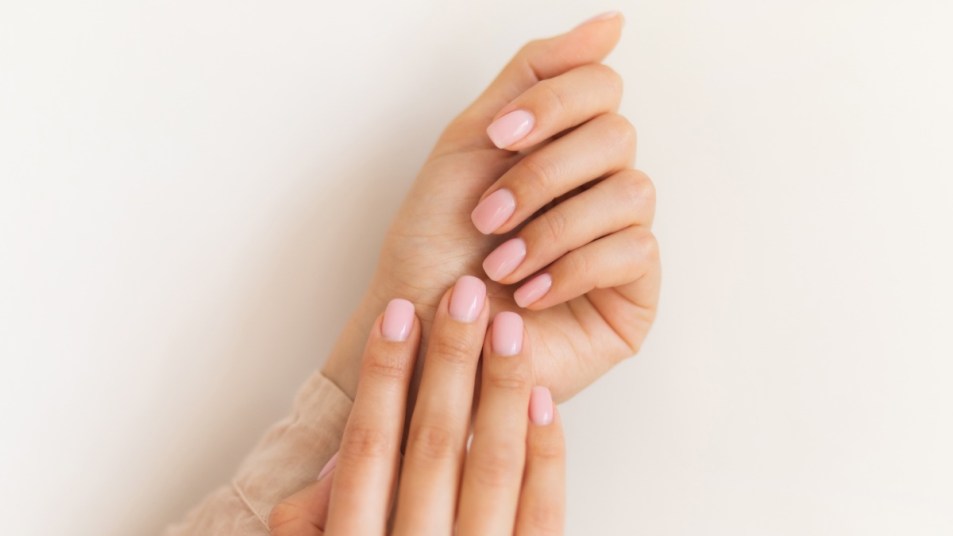
Maybe you’ve been slacking on moisturizing recently, and now your cuticles are dry and cracked. Or you’ve had a nail-biting type of week, and you’ve got the jagged hangnails to show for it. At first, you don’t give the rough skin around your nails a second thought. After all, hangnails are common and they usually go away on their own. But after a few days, you notice your hands aren’t healing as quickly as they normally do. Your fingertip is red and swollen, and it’s tender to the touch. Could it be an infected hangnail?
Hangnails may be tiny, but they can be surprisingly painful — especially if you end up with an infection. Here’s how to tell if a hangnail has become infected, along with doctor-backed tips for treating it at home.
What is a hangnail, and how can it get infected?
Despite the name, a hangnail is actually a torn piece of skin next to your fingernail along the cuticle or nail folds. “Hangnails can happen from picking your nails, dry skin, exposure to water for long periods of time, or even extreme hand washing,” says Laura Purdy, MD, a family medicine physician and medical director of SWELL Medical.
Unfortunately, because your hands come into contact with a lot of germy surfaces each day, it’s all too easy to end up with an infected hangnail. In fact, paronychia (the medical term for an infected hangnail) is one of the most common infections of the hand. Infected hangnails are especially prevalent among people who do manual labor, work with their hands submerged in water or have a job that calls for frequent hand-washing (like those in the medical field).
What’s more, women are three times more likely than men to get an infected hangnail. And middle-aged women are at the highest risk. Why? Experts suspect manicures are a possible culprit, especially if your nail technician cuts your cuticles, which act as a natural barrier for bacteria.
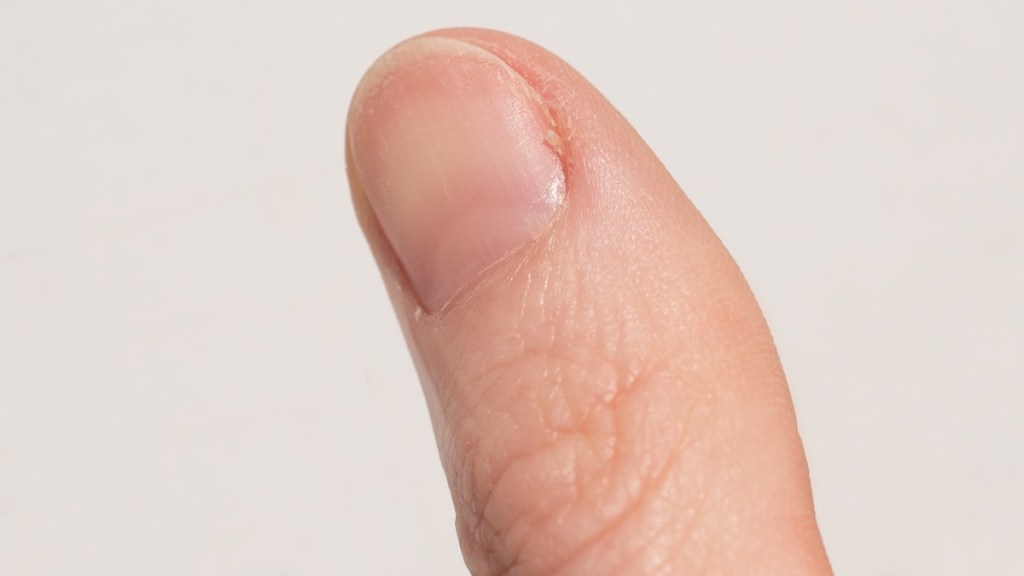
How to tell if you have an infected hangnail
It’s normal for a hangnail to sting a little bit. But if your finger is red, swollen or warm to the touch, you may be dealing with an infected hangnail.
“Hangnails become infected when bacteria, a type of yeast called Candida or other fungi enter the body through the area around the nail that has sustained trauma,” says Brynna Connor, MD, a family medicine physician and healthcare ambassador at NorthWestPharmacy.com. Biting or picking at a hangnail can cause a deeper tear in the skin, which can make you even more susceptible to an infection.
“Red or swollen skin around the hangnail or cuticle bed is the most common symptom of an infected hangnail,” Dr. Connor says. “The skin may feel slightly warm due to increased blood flow to the area. If a bacterial infection is present, symptoms may also include pus-filled blisters.”
The good news? While an infected hangnail can be painful, it’s relatively easy to treat with some simple paronychia self-care tips.
How to treat an infected hangnail at home
If you have an infected hangnail, try this four-step plan to help it heal fast.
1. Soak the hangnail in warm water
“It’s best to get the hangnail skin soft,” Dr. Purdy says. “You can soak the infected area in warm water to do this. This will also feel good and calm the skin for the moment.” You can add a few drops of a mild soap to help remove dirt and debris from the area around the hangnail, but soap alone likely won’t be strong enough to fully heal an infection, Dr. Purdy says.
Still, soaking your hands can help to soothe the throbbing pain that can accompany an infected hangnail. Aim for 10 to 15 minutes at a time a few times daily.
2. Clip the hangnail carefully
Gently trim the loose piece of skin with a pair of sterile nail clippers. (You can sterilize your nail clippers by soaking them in a bowl with rubbing alcohol or hydrogen peroxide for 30 minutes.) Cut as close as possible, but without pulling on the skin or pushing the clippers into the skin,” Dr. Purdy says. “This can cause further irritation and even bleeding.”
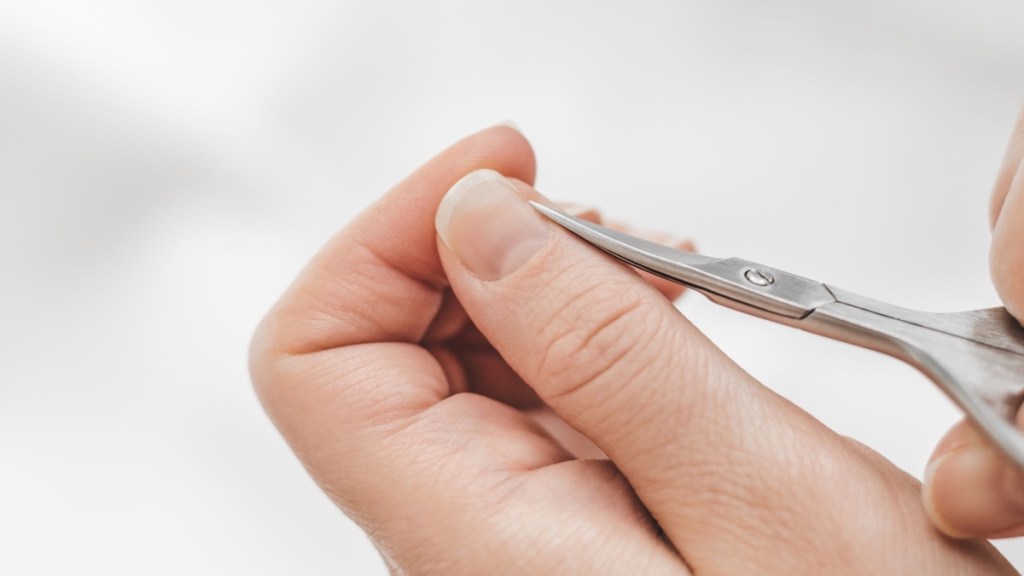
Related: How to Remove an Ingrown Toenail Yourself + The Dental Floss Hack That’s All Over TikTok
3. Apply a topical antibiotic
Research in the American Family Physician shows over-the-counter topical antibiotics are an effective treatment option for most infected hangnails. Dr. Purdy recommends Neosporin ointment, which can be applied to the infected hangnail in a thin layer up to three times a day.
Also smart: Adding a Band-Aid, which can help to keep germs from getting into an infected hangnail and ease the ache a bit. “Adding a Band-Aid helps with compression, which may bring some relief if the area is stinging or in pain,” Dr. Purdy says. But it’s also fine if you prefer to air it out, she adds. If the hangnail still looks infected after a week, let your doctor know.
Related: Here’s How To Tell if Your Toenail Fungus Is Dying + 3 Natural Remedies To Speed Healing
4. Dab on vitamin E oil
There’s a reason vitamin E is a staple in so many hand creams and nail care products. “This oil hydrates, protects and strengthens the area it is applied to,” Dr. Purdy explains. “This will help add moisture to the hangnail and is also great at preventing hangnails in the future because it hydrates the skin.”
Apply the oil directly to the infected area a few times a day until the skin no longer feels rough or dried out. Tip: Pure vitamin E oil can be thick and a bit sticky. If you don’t love the consistency, look for a hand cream with vitamin E instead. (See our picks for the best cuticle oils to keep future hangnails at bay.)
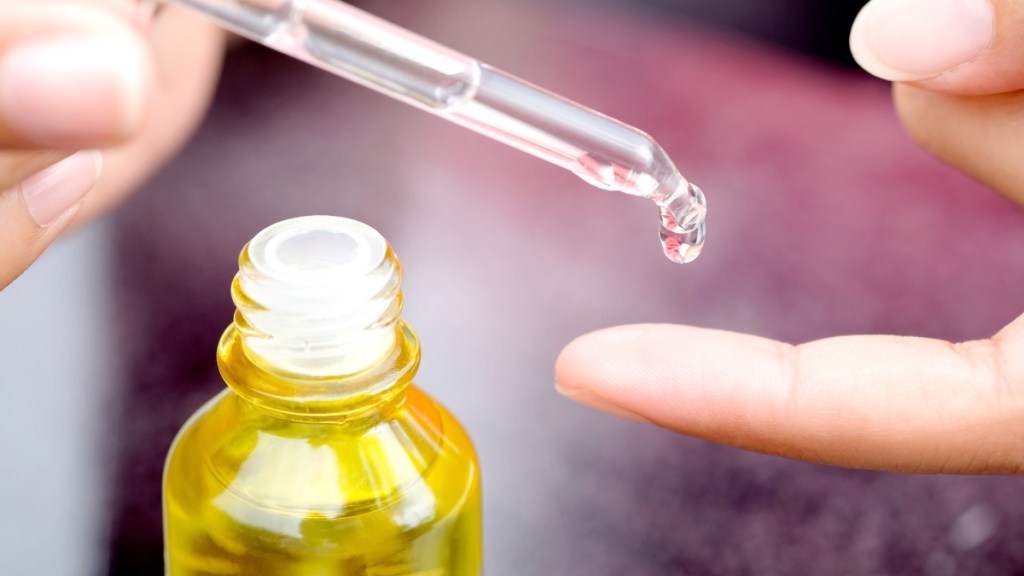
Paronychia self-care: When to call your doctor
An infected hangnail will usually respond to basic home remedies, so your best bet is to try those first. “It is not always necessary to take antibiotics or antifungal medications,” Dr. Purdy says. In fact, if you take antibiotics every time you have an infection, your body can develop a resistance to the treatment, she adds.
But if you’ve tried the paronychia self-care steps above and your infected hangnail still isn’t improving after a few days — or it’s actually getting worse — let your doctor know. You may need a prescription to help clear up the infection. If swelling is severe, you may also need to have it drained.
An infected hangnail will typically improve within a few days of starting prescription medication, but be sure to stick with the meds as prescribed. If you stop antibiotics early, the infection can return.
In rare cases, an infected hangnail can lead to complications such as an abscess or an infection that spreads to the bloodstream. “Fever, chills and joint or muscle pain are indications that the infection may have spread,” Dr. Connor says. “Other things to pay attention to are red streaks on the skin or a general feeling of being sick.” If you notice any of these signs, seek medical care immediately.
For more ways to outsmart common nail bothers:
How to Remove an Ingrown Toenail Yourself + The Dental Floss Hack That’s All Over TikTok
How to Get Rid of Toenail Fungus—And the Key Post-Infection Step That Ensures It Never Comes Back
This content is not a substitute for professional medical advice or diagnosis. Always consult your physician before pursuing any treatment plan.

